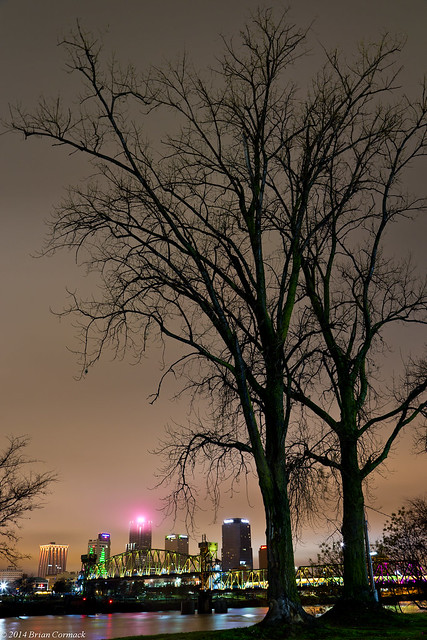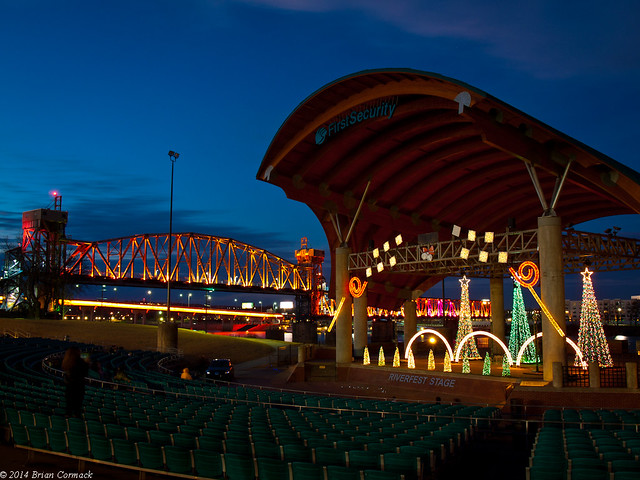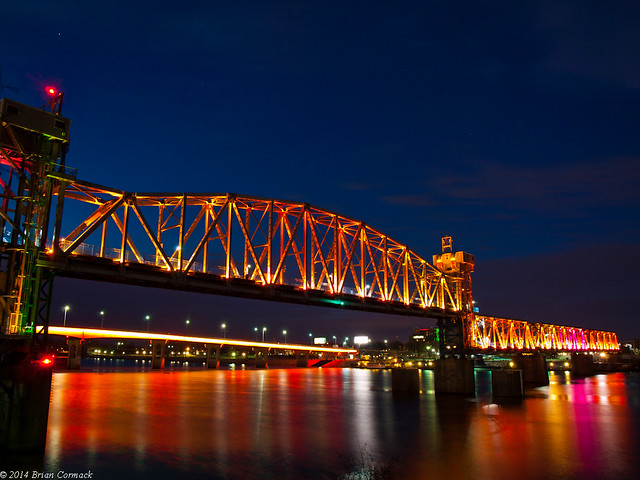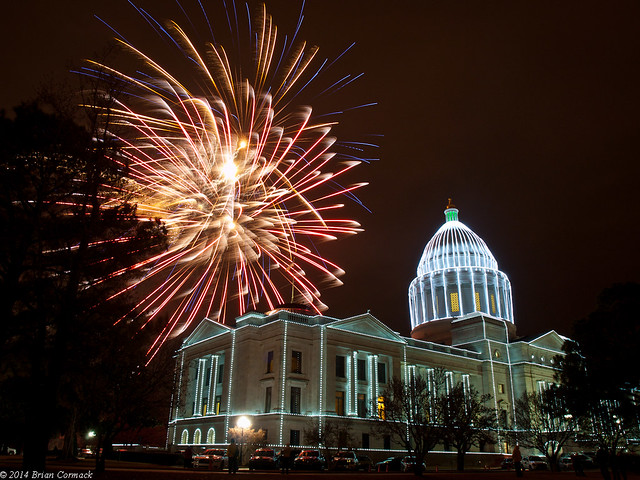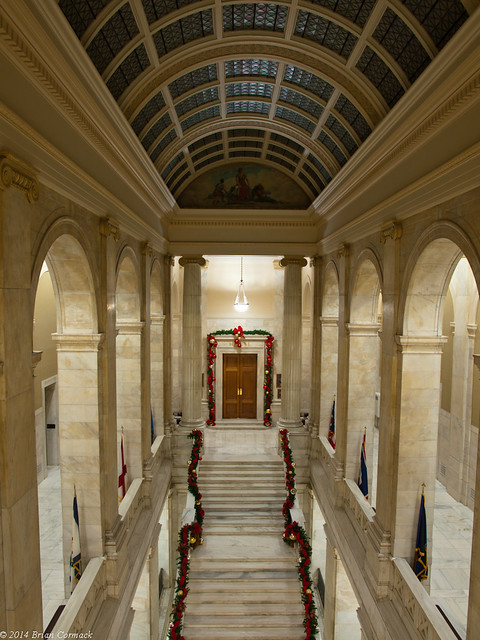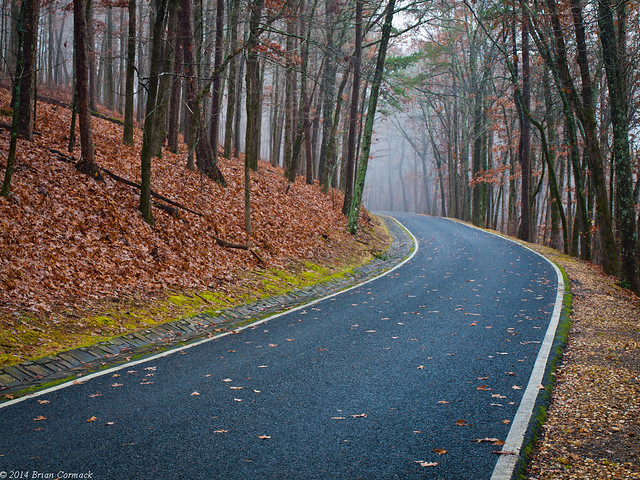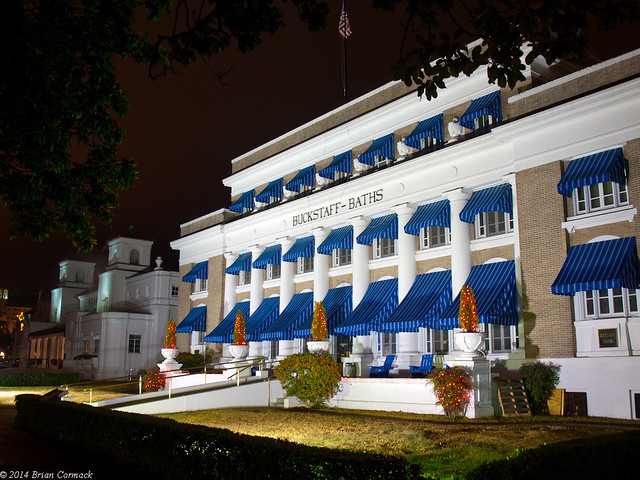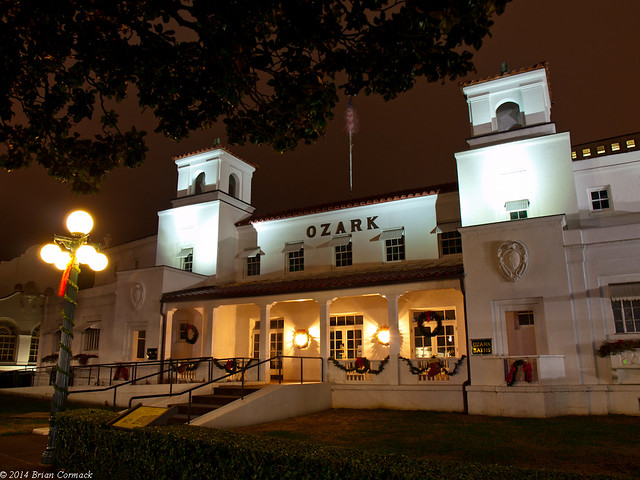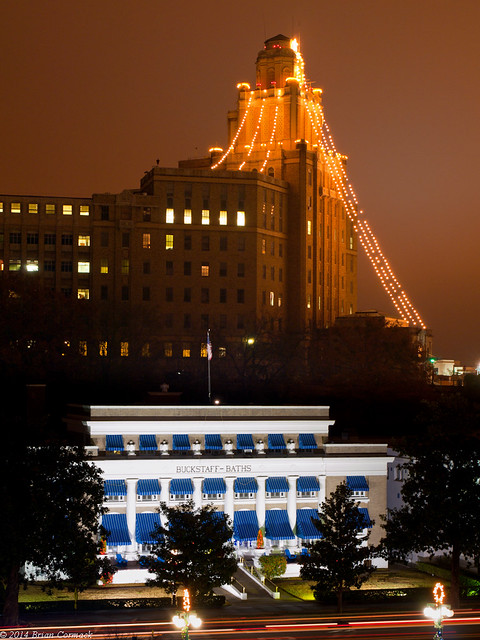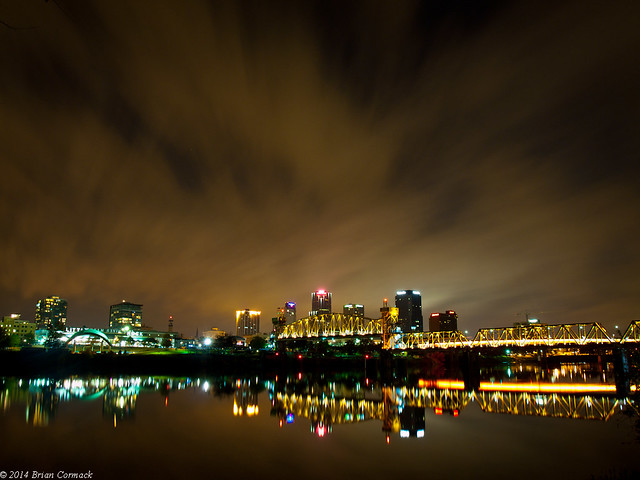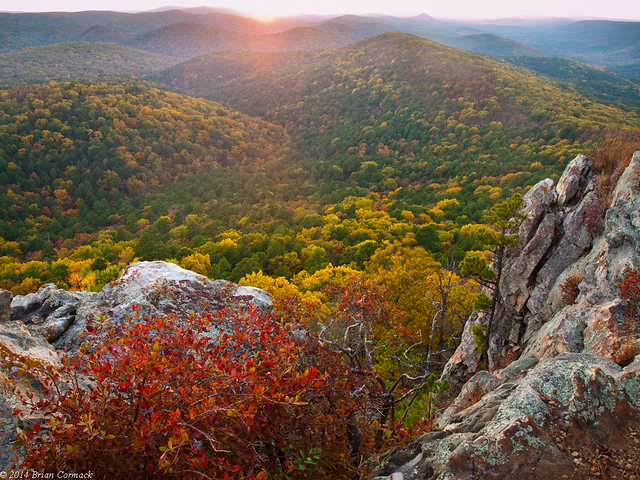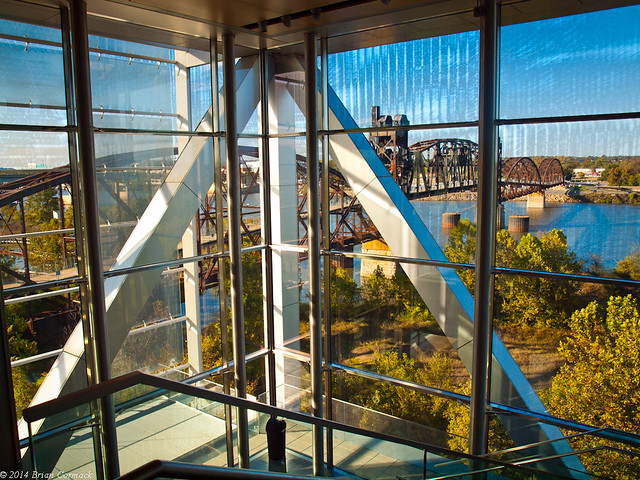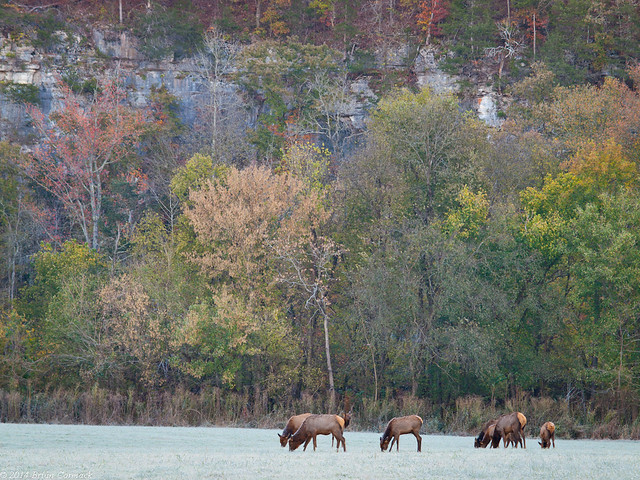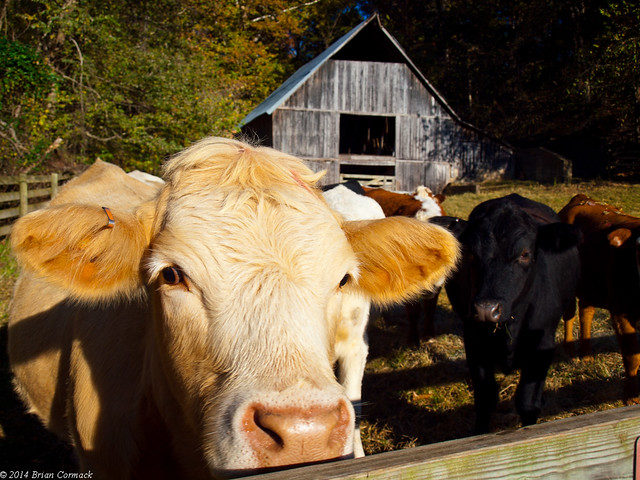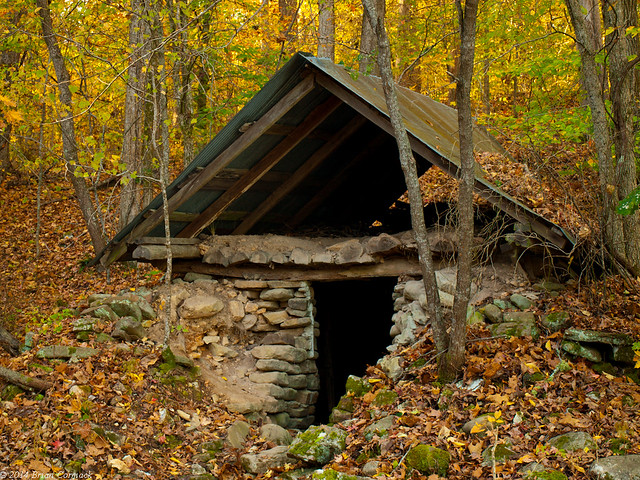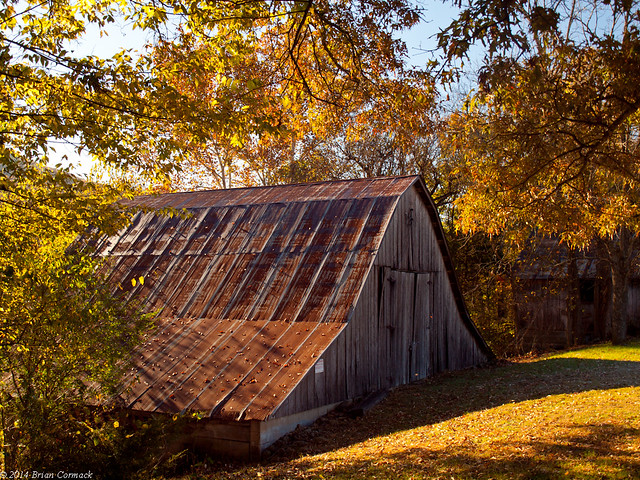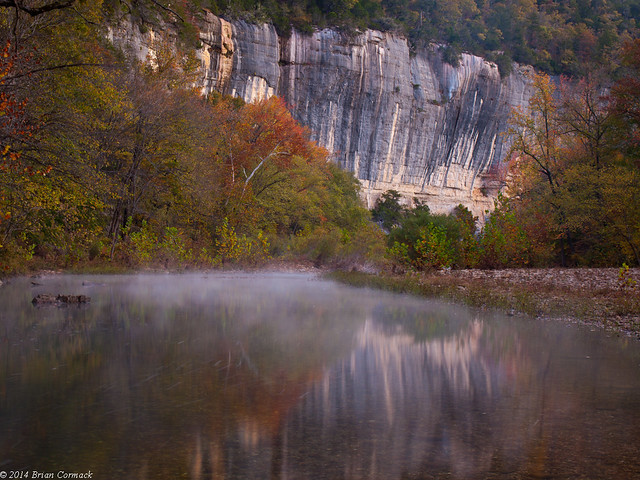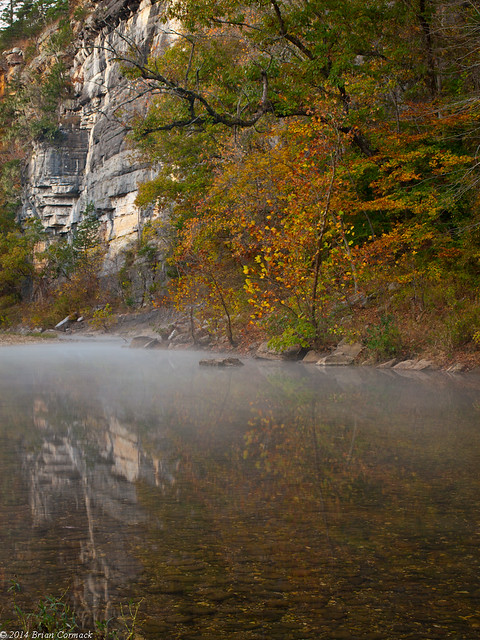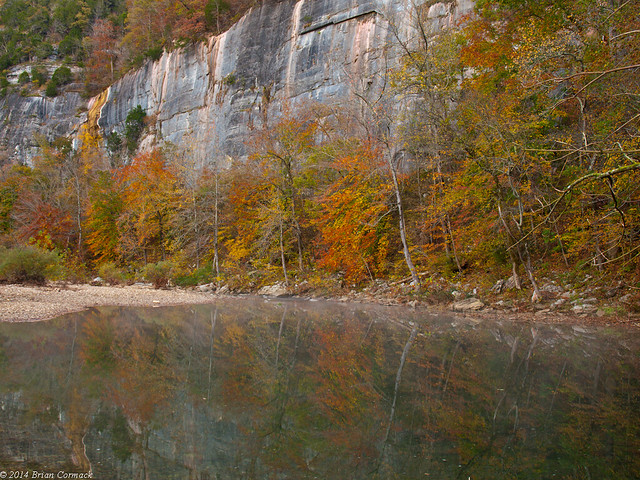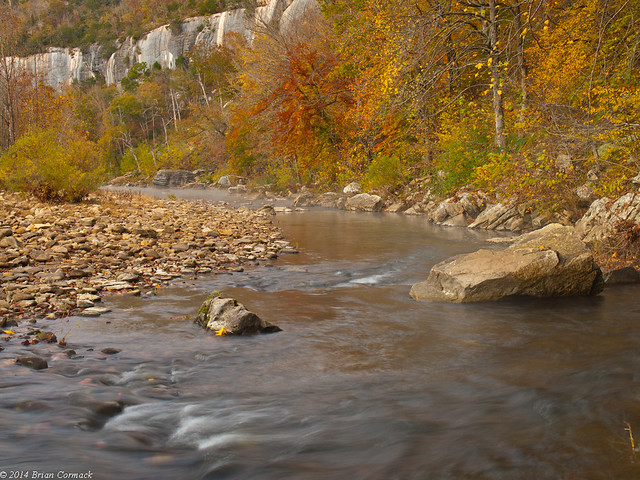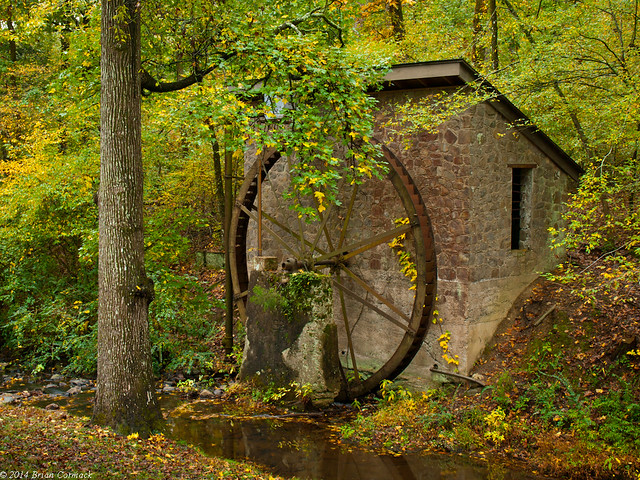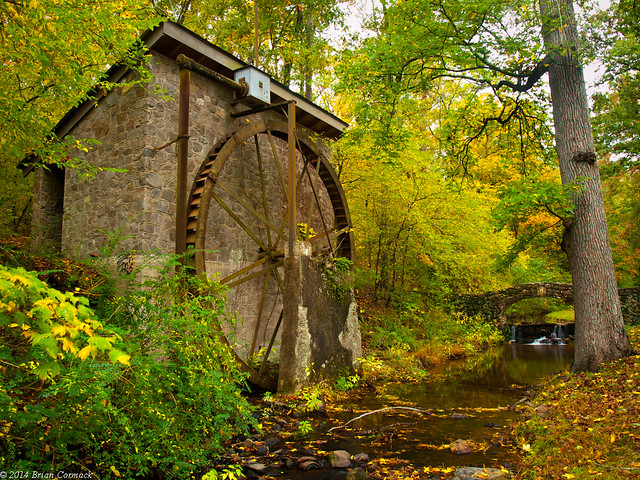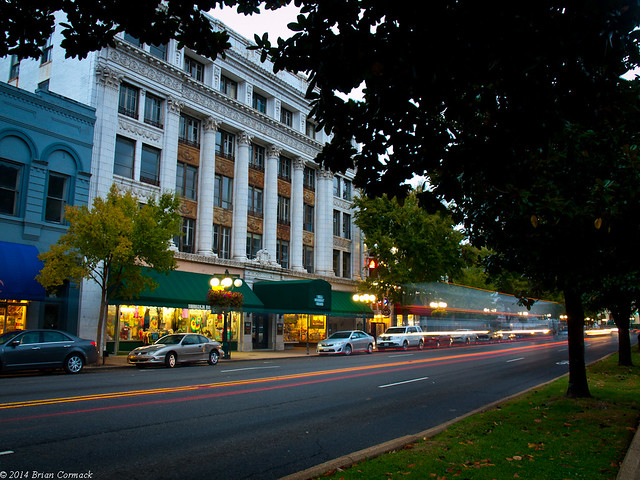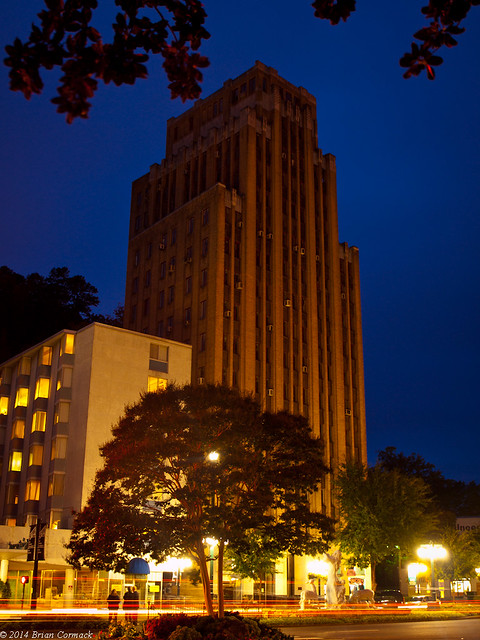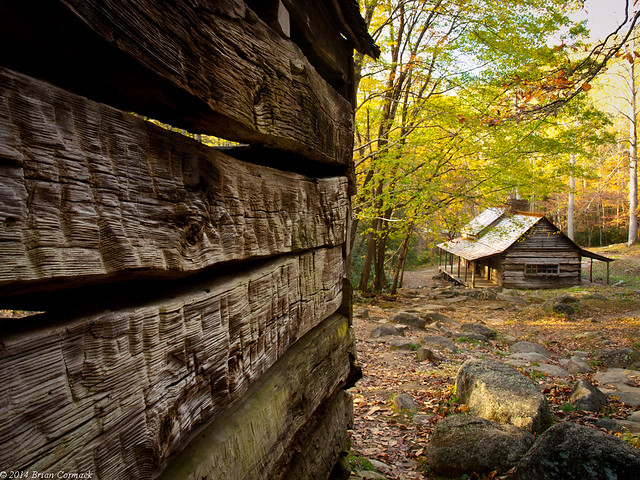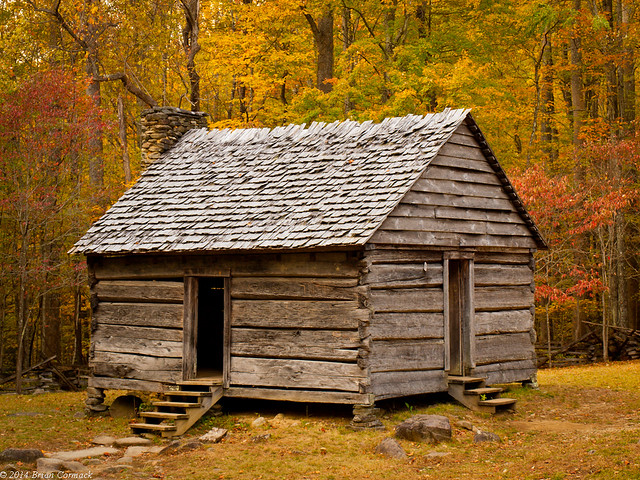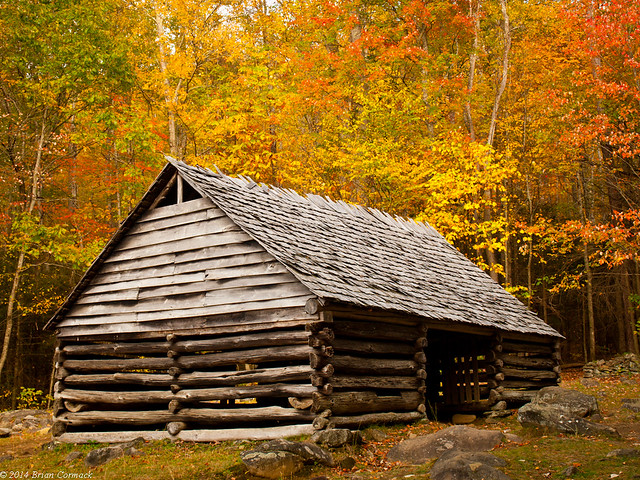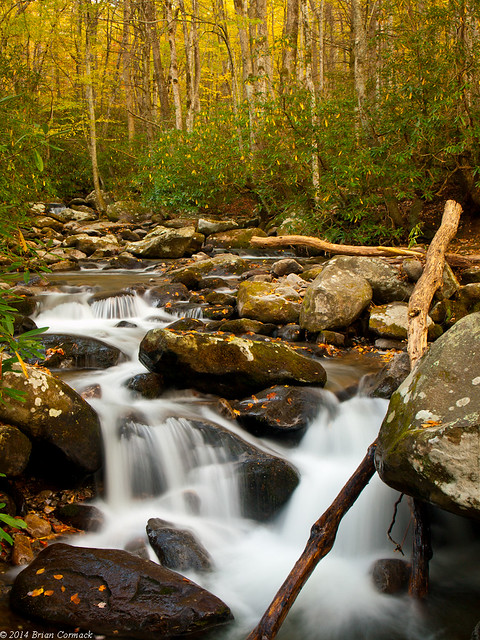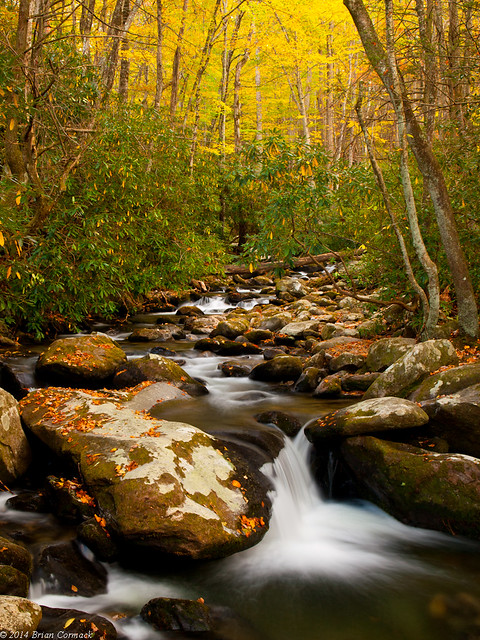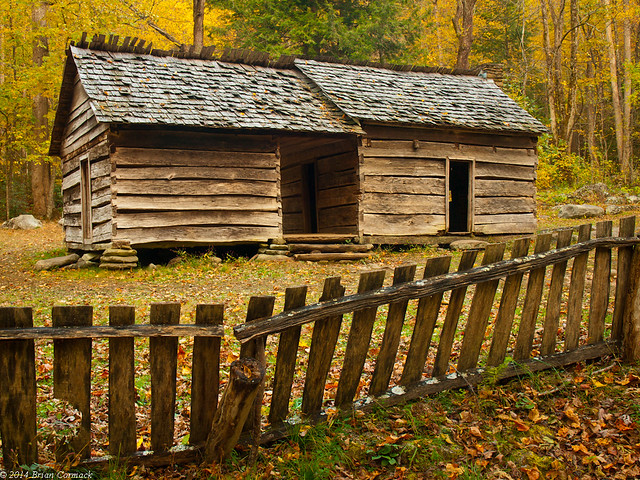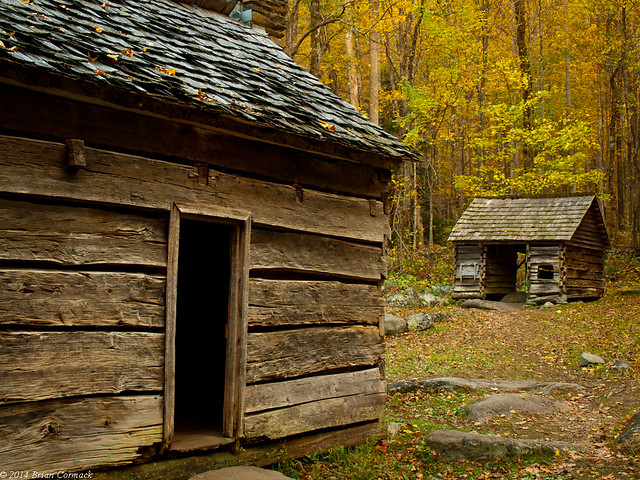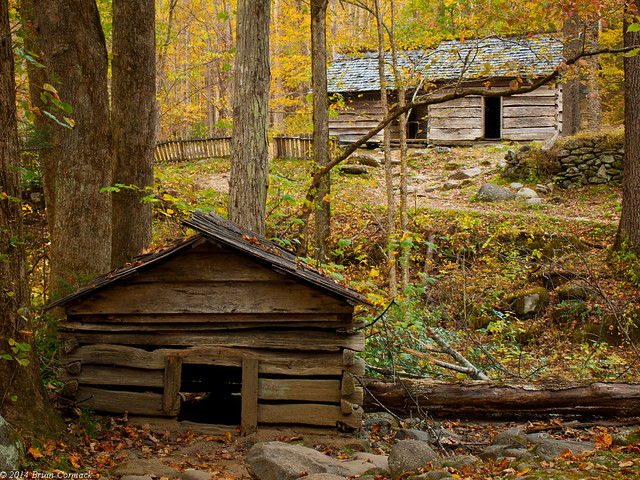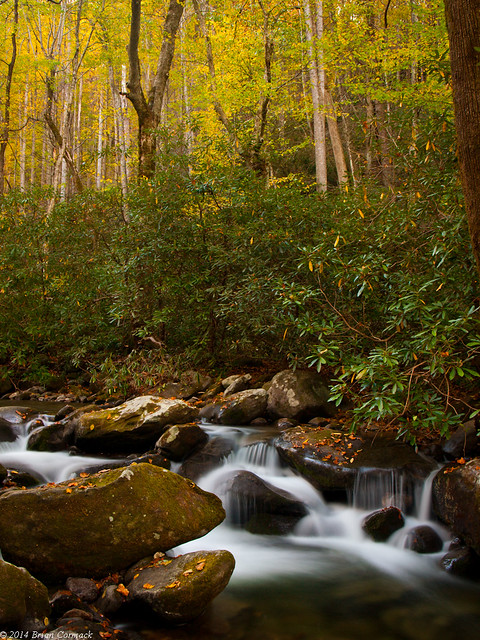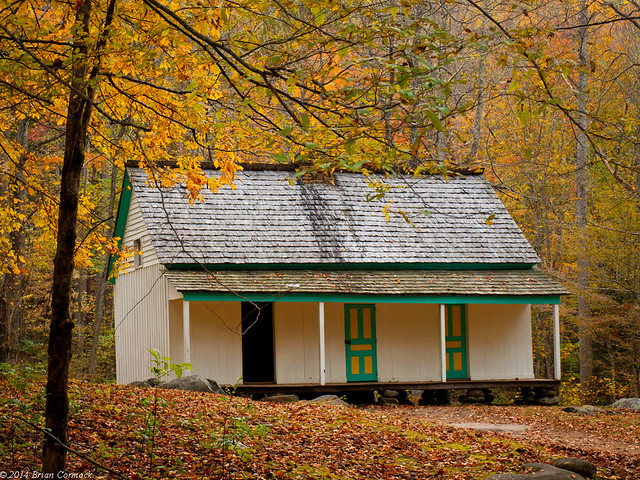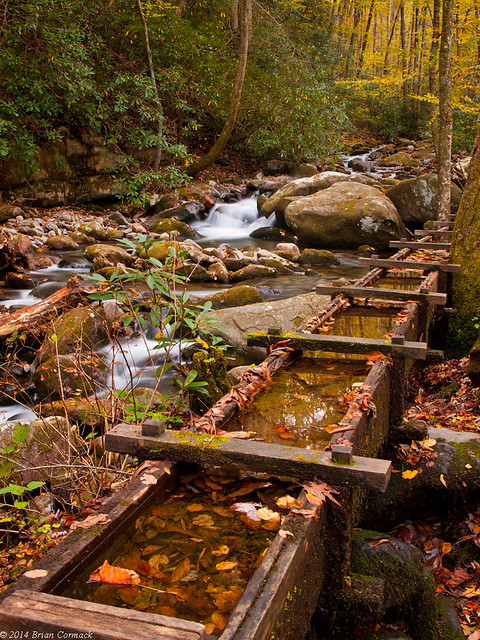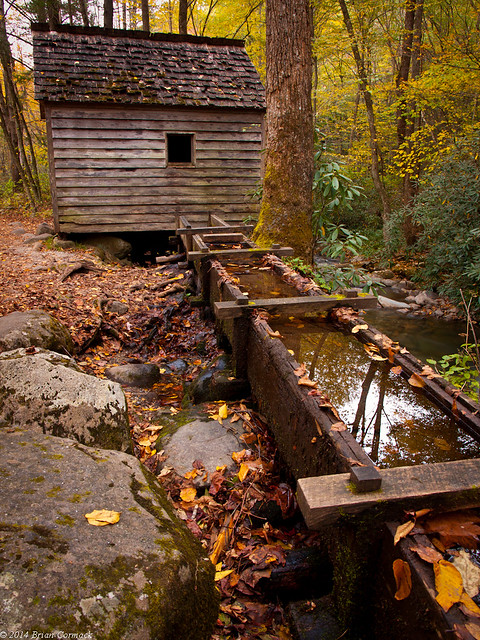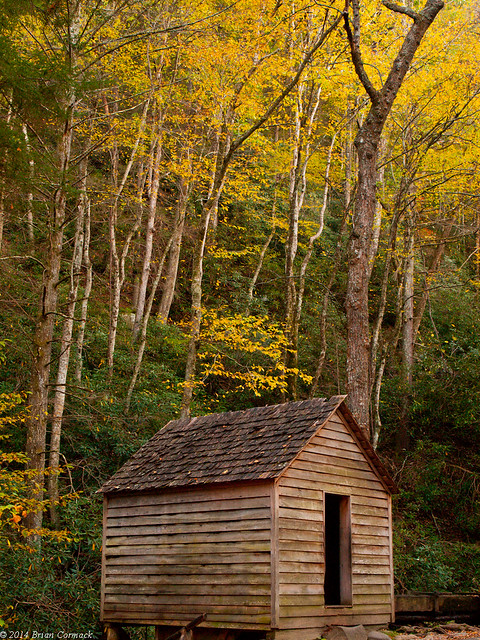I had seen a few pictures on the internet of an old school, located near Petit Jean. So I drove across the flat lands along the Arkansas River and tried to find it. I turned down a dirt road, which was muddy after the recent rain. I absentmindedly drove by the old school on my first attempt to find it, completely missing it while scanning the fields for any sign of a decrepit old building.
I passed by a few homes, several of which were abandoned and were now slowly being overrun by weeds and trees. This is an old church, quiet and surrounded by a congregation of weeds and grass. I'm assuming that this is a piece of farming equipment in the foreground.
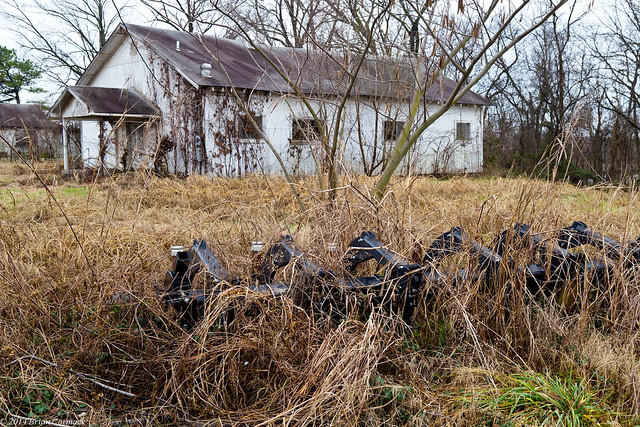
This was taken in an area called Carden Bottoms (the immature part of me still laughs at the name having the word "bottoms" in it). This is an area of rich farmland that sits along the Arkansas River near the Holla Bend National Wildlife Refuge and Petit Jean Mountain. In the 1930s, Carden Bottoms was home to hundreds of farm families. But now, only a few dozen live here. But the Carden Bottoms area has been a home to people for thousands of years. Native Americans are actually believed to have been farming this land for centuries. Archeological evidence actually suggests that people have been living here for nearly 10,000 years. Spanish explorer Hernando de Soto may have even visited the Carden Bottoms area in the 1540s.
I drove by this old house, which was abandoned and nearly overrun by vines and trees.
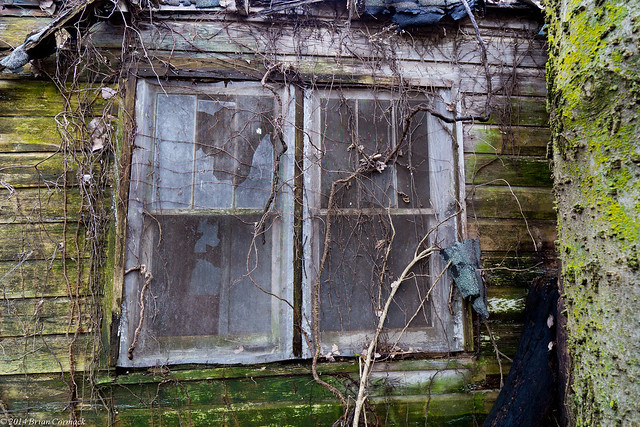
I eventually turned around and managed to find the school. The school is old, built in the 1920s out of stone. It was abandoned finally in the 1970s, with vines and other vegetation slowing taking over. The growth is so thick that I bet the building is completely covered in the spring and summer. This is the entrance to the school.
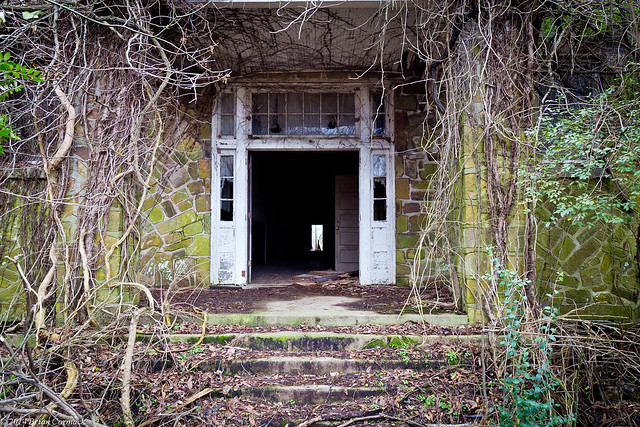
And the side of the old school, which features more vines than glass.
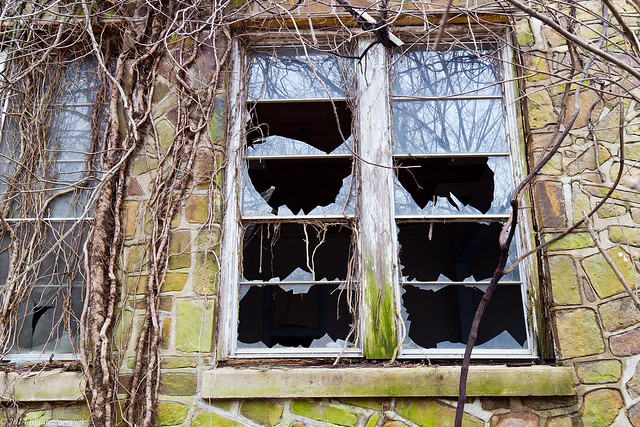
This is the stone archway that connects the school to a gymnasium. The gym was built in the 1930s, but the interior has collapsed.
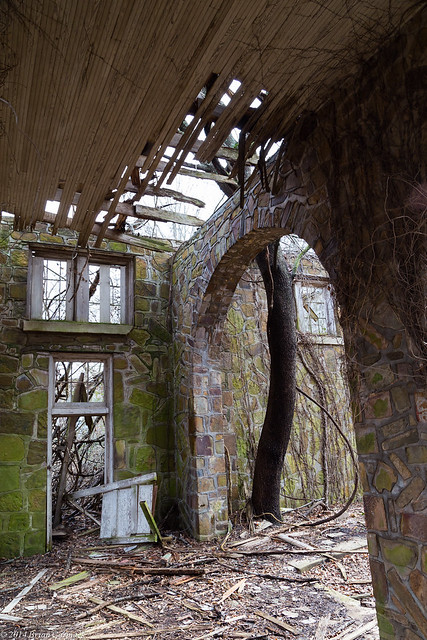
And another view of the vines that have nearly overtaken the side of the school.
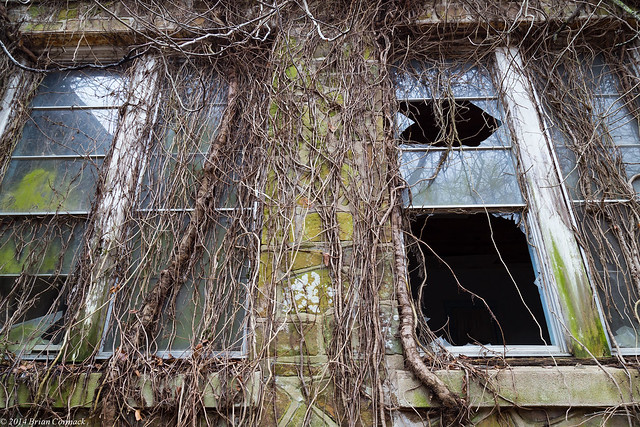
I went inside to take a look around. The floor was missing in a few places, where the wood had rotten away. There were several significant holes in the floor, and several places looked too dangerous to walk on. The time and elements have taken their toll here.

There are two old pianos that are still in the school. Both are in pretty bad shape, and can't be played anymore (I'd guess they would be out of tune anyways).
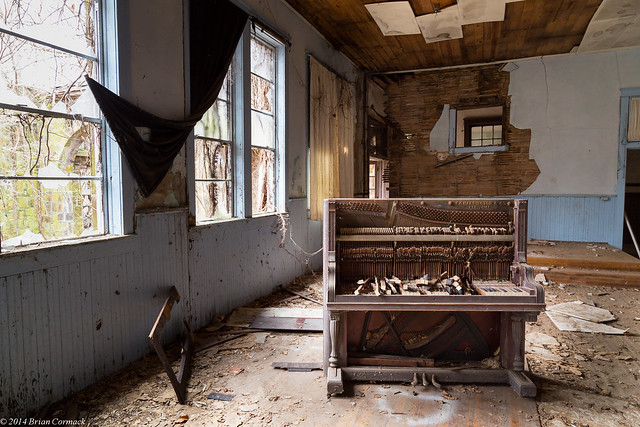
One of my contacts on Flickr (DuoMax) actually visited this spot in November and found this piano laying on its side. He was able to get it sitting back up straight, which was nice because I would never have been able to do that on my own. It had been ok the first time he visited, but some vandals or other idiots had come through and knocked the piano over.
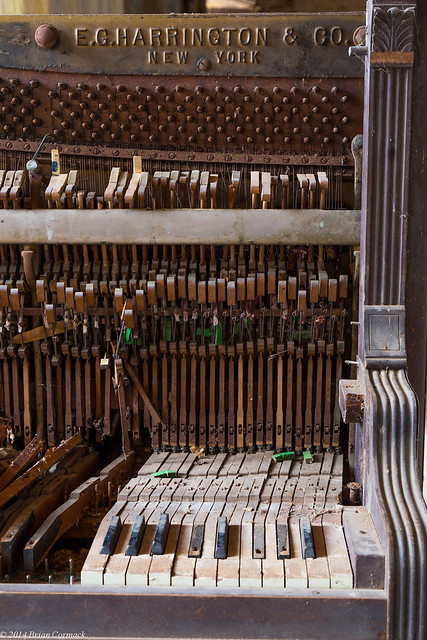
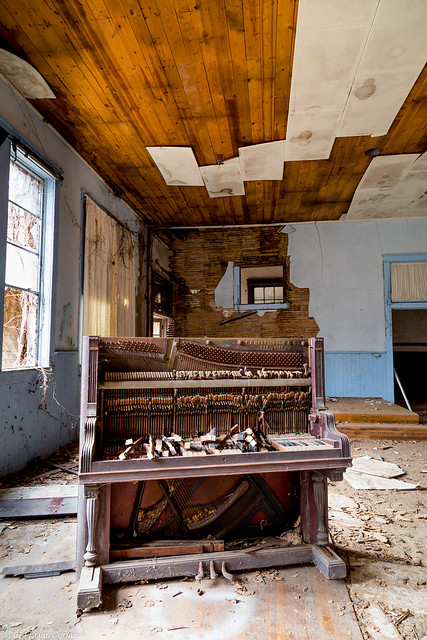
Aside from the pianos and some random graffiti, I was glad that there hasn't been much damage to the building. Hopefully other people will give this place the quiet respect that it needs and deserves.

This is another one of the old classrooms, which had an old oven sitting in it.
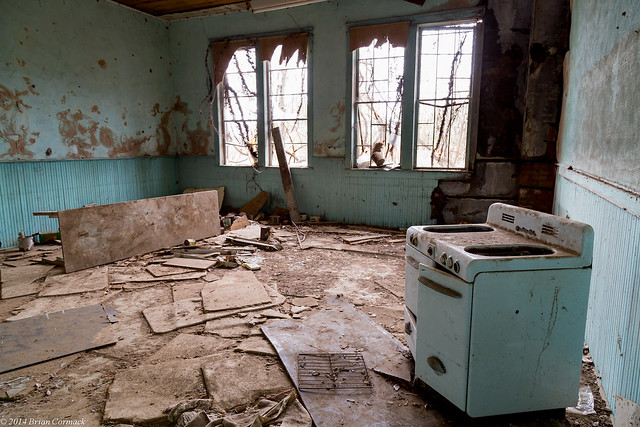
And another old room, with an old sofa.
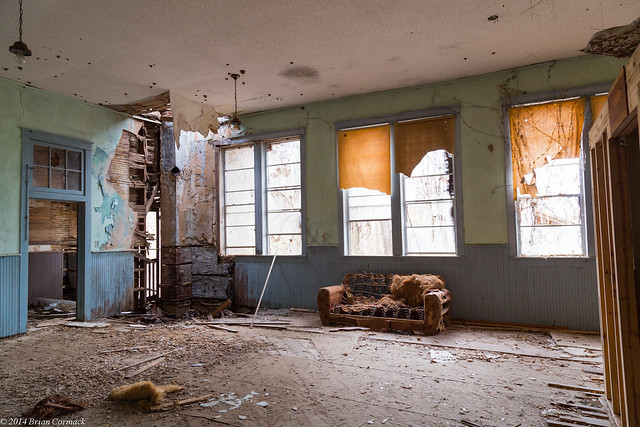
The old school was a neat, if eerie, place to take pictures. I would look into a few rooms and feel a bit of a chill, which I only hope was from the wind coming through the broken windows. After pointing the new camera at everything I thought might be interesting, I headed back to the car. I left the old school, and the deep history there, to be left to the weeds and vines that are slowly consuming it.


